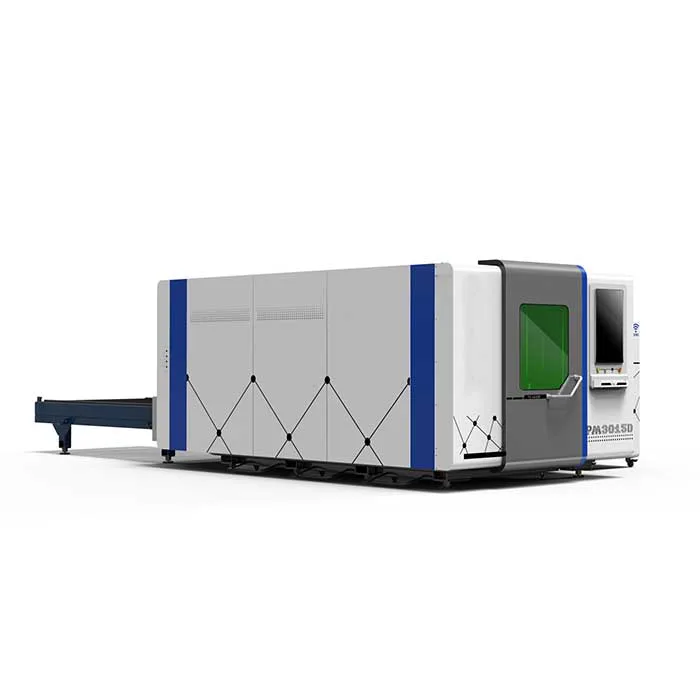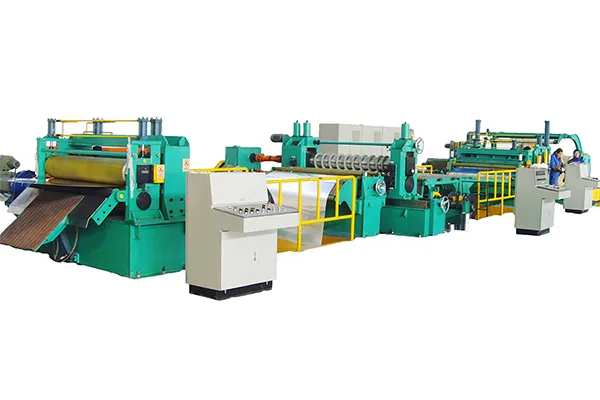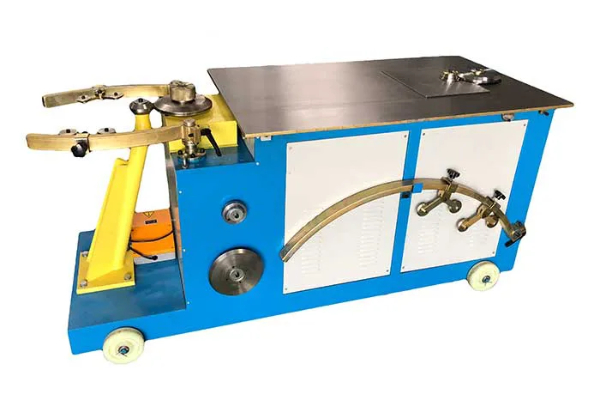
Innovations in Plate Bending Technology- What’s New?
- By:Metmac
- 2024-06-06
- 180
Innovations in Plate Bending Technology: What’s New?
In the realm of metal fabrication, plate bending stands as a cornerstone process, shaping flat metal sheets into intricate forms that find myriad applications across industries. Recent years have witnessed an explosion of innovations in this domain, revolutionizing how we bend plates and paving the way for novel possibilities.
Virtual Reality (VR) Simulation
VR has emerged as a game-changer in plate bending. VR simulators allow engineers to visualize the bending process in a virtual environment, adjusting parameters and simulating different scenarios to optimize bend sequences and prevent costly mistakes.
Artificial Intelligence (AI)
AI algorithms are being harnessed to analyze vast datasets of bending parameters and material properties. By identifying patterns and optimizing settings, AI systems can significantly reduce setup times, improve accuracy, and enhance overall plate bending efficiency.
Automated Bending
Advanced robotics and automation are transforming plate bending into a highly automated process. CNC-controlled bending machines can precisely follow complex bending programs, reducing human error and boosting productivity.
Hybrid Bending
Hybrid bending combines traditional methods with innovative technologies to achieve superior results. For example, laser cutting can be integrated with bending to create intricate shapes with minimal waste, while waterjet cutting offers precision and flexibility in cutting complex contours.
Smart Monitoring
Smart sensors and monitoring systems are being deployed to track real-time bending parameters, such as pressure, temperature, and material strain. This data can be analyzed to detect anomalies, predict potential failures, and ensure consistent quality throughout the bending process.
Impact on Industries
These innovations are having a profound impact on numerous industries:
Automotive: Improved bending accuracy and speed enable the production of complex chassis components and lightweight body panels.
Aerospace: Advanced bending techniques enhance the structural integrity and performance of aircraft components.
Construction: Precision bending of steel beams and plates strengthens buildings and bridges, improving safety and durability.
Energy: Bending of metal pipes and vessels is critical for the fabrication of wind turbines, solar panels, and other renewable energy systems.
The future of plate bending technology holds even greater promise. Researchers are exploring cutting-edge technologies, such as additive manufacturing and nanotechnology, that could further revolutionize this essential process. As innovations continue to emerge, the possibilities for shaping metal into extraordinary forms will only expand, unlocking new frontiers in manufacturing and design.
-
Mastering Form and Force: A Guide to Modern Metal Plate Bending Machines
2025/12/16 -
Demystifying Sheet Metal Laser Cutting Machine Price: The METMAC Value Perspective
2025/12/16 -
Metal Sheet Machinery: The Engine of Modern Fabrication and the METMAC Advantage
2025/12/16 -
Beyond the Bend: The Power and Precision of the Modern Sheet Profile Machine
2025/12/16
-
Advanced Sheet Metal Rolling, Laser Cutting, and Folding Machines for Precision Fabrication
2025/10/31 -
High-Performance Sheet Metal Bending and Cutting Machines for Modern Fabrication
2025/10/31 -
High-Quality Sheet Metal Equipment for Sale: Efficient Solutions for Modern Manufacturing
2025/10/31 -
High-Performance Sheet Metal Equipment for Sale: Forming and Shearing Solutions for Modern Fabrication
2025/10/22
-
A Guide to the Latest Innovations in Sheet Metal Folding Machines
2024/11/29 -
Key Features to Consider When Investing in a Sheet Metal Folding Machine
2024/11/28 -
Enhancing Precision with Advanced Sheet Metal Folding Machines
2024/11/27 -
How to Choose the Right Sheet Metal Folding Machine for Your Workshop
2024/11/26







